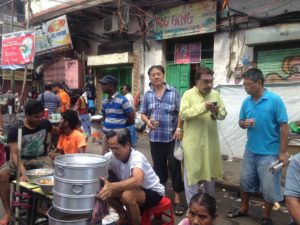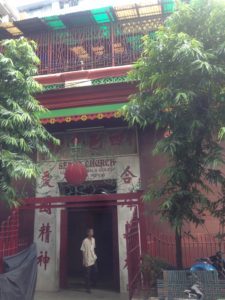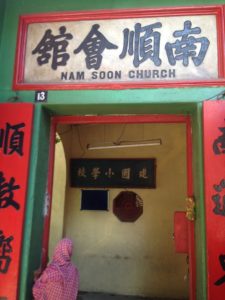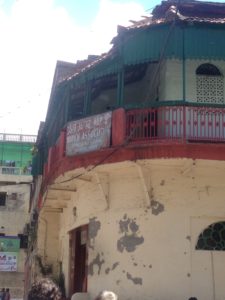By DOUGLAS PIZA, 7/15/2016. The Chinese street market in Kolkata is nowadays a Lonely Planet guide’s tourist attraction. It starts very early in the morning, and everything is packed before shops open – except for Sundays when it lasts longer. (But only on weekdays you can find open the Hip Hap shop, also mentioned in the tourist guide book, and discover the Chinese medicine products of its owner Stella Chen, who features in Rafeeq Ellias’ The Legend of Fat Mama.)

In my last post I focused on Tangra, but as I mentioned before, there are other Chinatowns in Kolkata. Today’s topic is Tiretta Bazaar’s Chinatown. This area still functions as the hub for many Indians of Cantonese origin. It is part of Kolkata’s Old Chinatown, though the Chinese Indians like to refer to the few blocks away Old Chinatown Street as “there.”
Near both streets there are many “Chinese churches.” No interviewee seemed to be happy with calling the Buddhist or Hindu temples “churches,” but no one could explain the reasons for this apparent mistranslation. In any case, the Chinese Indians see the temples as both religious and social venues, often referring to them as “clubs.”

Just around the corner from the street market on Tiretta Bazaar, is the Sea Ip Church. Couple blocks from there is the Nam Soon Church which congregates many Indians of Cantonese origin. On the way between the two is the Sea Voi Yune Leong Futh Church, and in the floor above the old Hupeinese Association.


